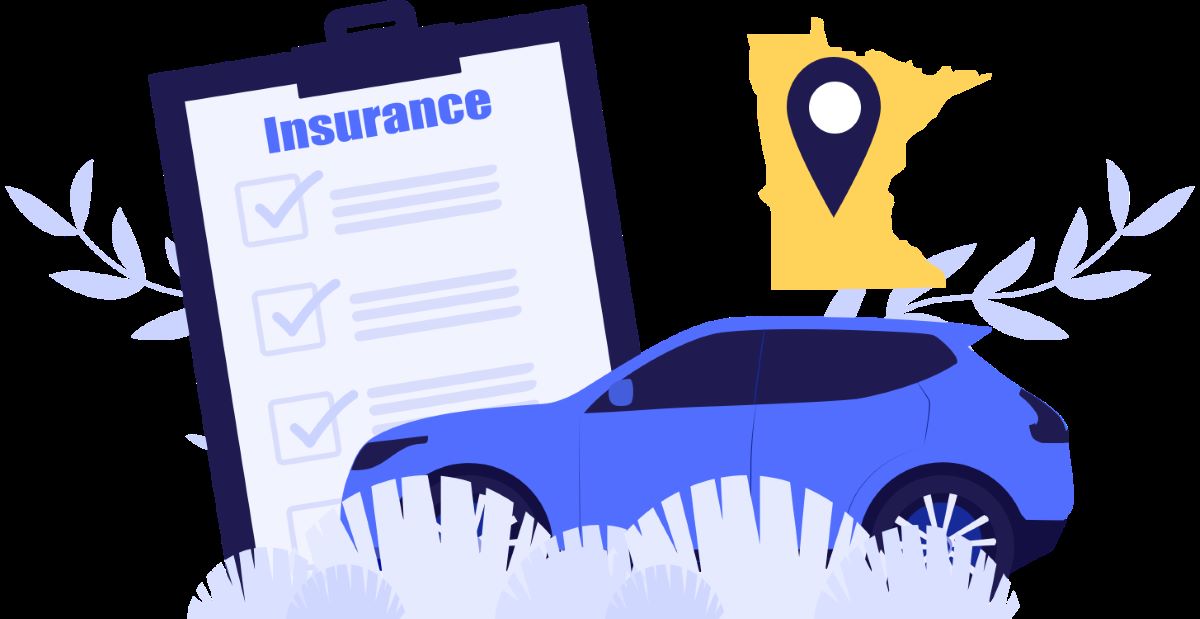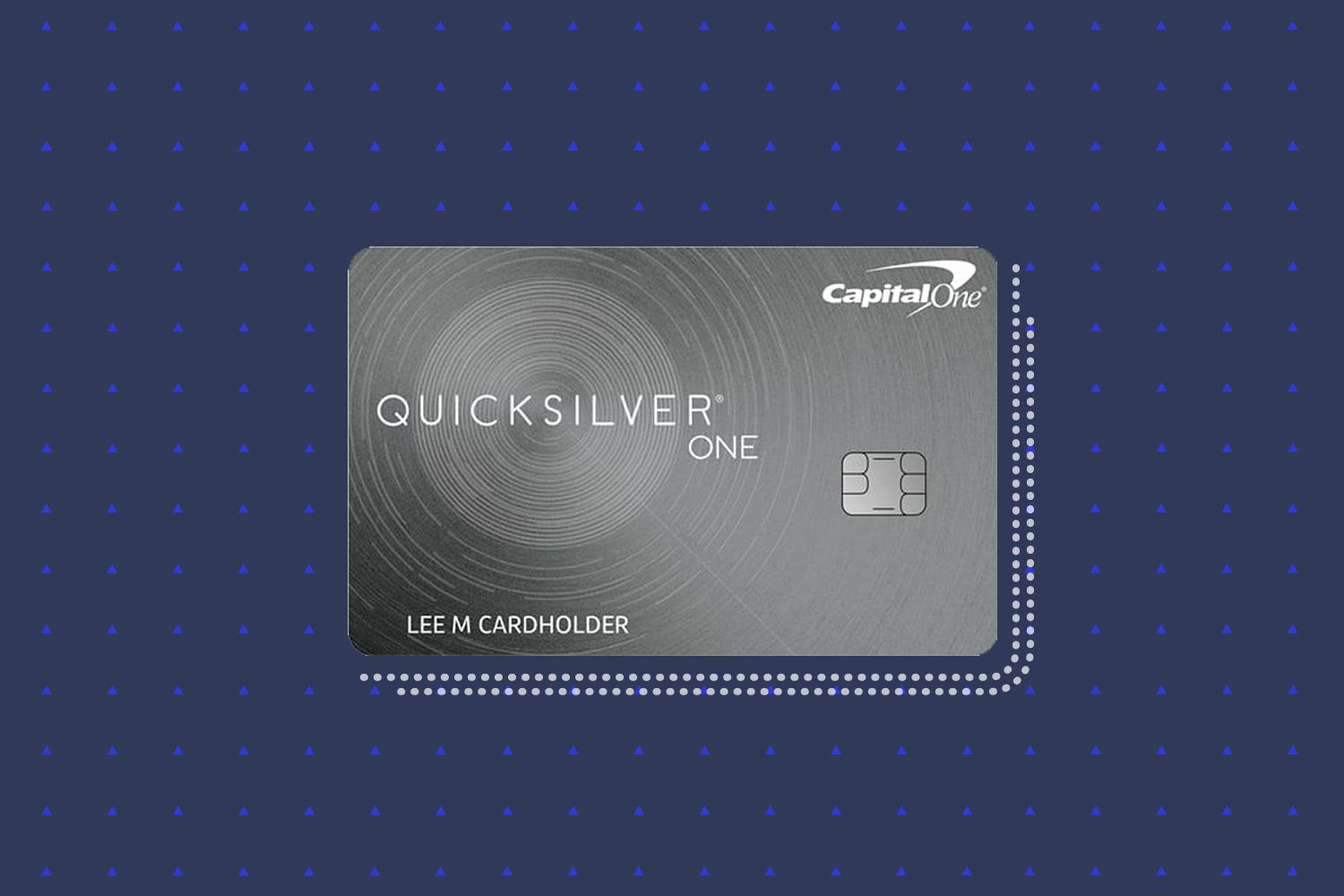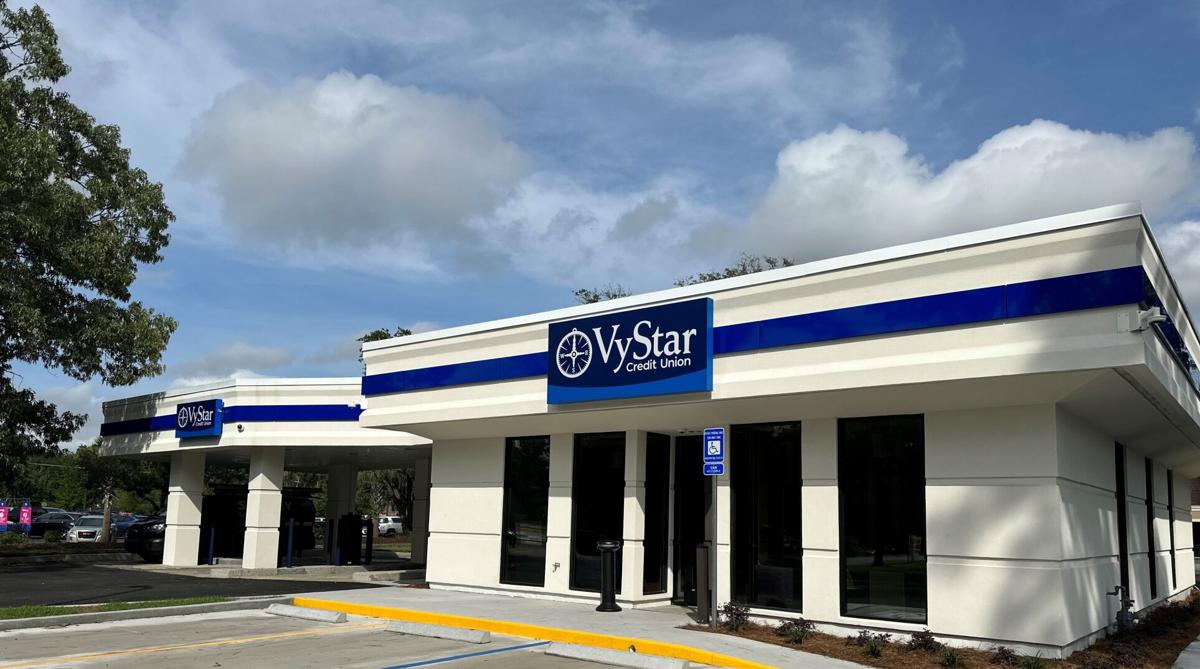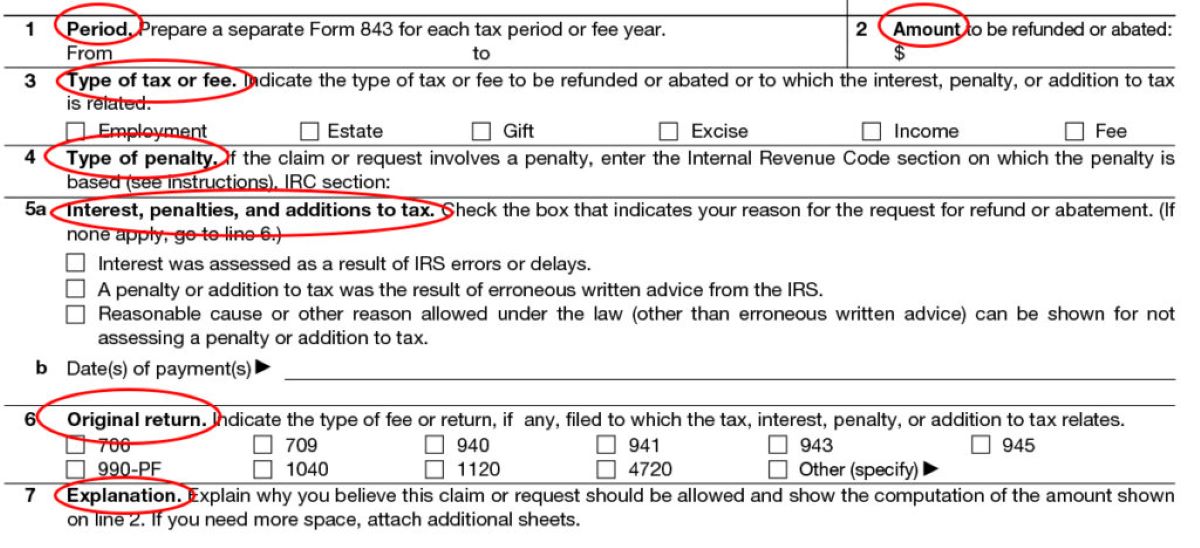

Finance
How Much Is Insurance On A Leased Car?
Published: November 5, 2023
Find out how much insurance costs for a leased car and get the best financing options for your vehicle.
(Many of the links in this article redirect to a specific reviewed product. Your purchase of these products through affiliate links helps to generate commission for LiveWell, at no extra cost. Learn more)
Table of Contents
Introduction
Leasing a car can be an attractive option for those who want the latest model without the long-term commitment of ownership. However, it’s important to understand that leasing a car comes with its own set of financial responsibilities, including the need for insurance coverage. Insurance on a leased car is a critical aspect of the leasing process, as it provides protection against potential accidents, theft, and damages.
When leasing a car, you essentially borrow the vehicle from the leasing company, meaning you are responsible for insuring it. Insurance rates for leased cars can vary depending on a range of factors that insurance companies take into consideration. Understanding these factors and the lease insurance requirements can help you anticipate the cost of insurance and ensure that you have adequate coverage.
It’s important to note that insurance requirements for leased cars are typically more comprehensive than those for owned vehicles. This is because the leasing company has a vested interest in protecting the vehicle they own and ensuring that it is adequately insured.
In this article, we will explore the factors that affect insurance rates for leased cars, the lease insurance requirements, types of insurance coverage available, the average cost of insurance, and tips on how to save money on insurance for leased cars.
Whether you’re considering leasing a car or already have a leased vehicle, understanding the intricacies of insurance coverage is essential. By being informed and making the right insurance decisions, you can have peace of mind knowing that you’re financially protected while driving a leased car.
Factors That Affect Insurance Rates for Leased Cars
Insurance rates for leased cars are determined by various factors that insurance companies take into consideration. These factors help insurers assess the level of risk associated with insuring a leased vehicle. Understanding these factors can give you insight into why insurance rates for leased cars may be different compared to those for owned vehicles.
1. Value of the Leased Car: The value of the leased car is a significant factor that affects insurance rates. Generally, more expensive vehicles have higher insurance premiums because the cost of repairs and replacements will be more substantial.
2. Leasing Company Requirements: The leasing company may have specific insurance requirements that you need to meet. These requirements can include minimum coverage limits or even specific coverage types, such as comprehensive and collision insurance.
3. Your Driving History: Your personal driving history has a significant impact on insurance rates for leased cars. If you have a history of accidents or traffic violations, insurance rates may be higher due to a higher perceived risk.
4. Credit History: Insurers often consider an individual’s credit history when determining insurance rates. A poor credit history may indicate a higher likelihood of filing a claim, resulting in higher premiums.
5. Location: The location where you live can affect insurance rates for leased cars. Urban areas with higher levels of traffic and incidents of theft may have higher insurance premiums compared to rural areas.
6. Deductible Amount: The deductible amount is the out-of-pocket expense you are responsible for paying before insurance coverage kicks in. A higher deductible can lower your insurance premiums, but it also means you’ll pay more in the event of a claim.
7. Age and Gender: Younger drivers and male individuals typically have higher insurance rates due to statistical data indicating higher risk factors for these groups.
Keep in mind that these factors can vary between insurance providers, so it’s essential to compare quotes from multiple companies to find the best rates for your leased car.
Understanding the Lease Insurance Requirements
Leasing a car comes with specific insurance requirements that you’ll need to meet to keep your leased vehicle protected and comply with the terms of your lease agreement. Understanding these requirements is crucial to ensure you have the right coverage in place.
1. Liability Insurance: Liability insurance is typically the minimum requirement for leasing a car. It provides coverage for any damages or injuries you may cause to others in an accident. The leasing company will often specify the minimum liability coverage limits you need to have, such as $100,000 per person and $300,000 per accident.
2. Collision and Comprehensive Insurance: Leasing companies generally require collision and comprehensive coverage. Collision insurance covers damages to your leased vehicle in the event of an accident, regardless of who is at fault. Comprehensive insurance protects against non-collision incidents such as theft, vandalism, or natural disasters.
3. Gap Insurance: Gap insurance is often advisable for leased cars. It covers the difference between the value of the leased car and the amount you owe on your lease in the event of a total loss. This coverage ensures you are not left with a significant financial burden if your leased car is stolen or severely damaged.
4. Loss of Use Coverage: Loss of use coverage may be required by the leasing company. It covers the cost of a rental car or alternate transportation while your leased car is being repaired after an accident or covered event.
5. Endorsements or Additional Coverage: Depending on the leasing company’s requirements, you may need to add specific endorsements or additional coverage to your policy. Examples include coverage for excess wear and tear, lease termination protection, or lease gap coverage.
It’s important to review your lease agreement and consult with your insurance provider to ensure you have all the necessary coverage required by the leasing company. Failure to meet these requirements may result in penalties or a violation of your lease agreement.
Remember, leasing companies require comprehensive and collision coverage to protect their investment in the leased vehicle. By understanding and meeting these lease insurance requirements, you can safeguard yourself from potential financial liabilities and fulfill your obligations under the lease agreement.
Types of Insurance Coverage for Leased Cars
When it comes to leasing a car, it’s important to understand the different types of insurance coverage available to adequately protect your leased vehicle. Here are the most common types of insurance coverage for leased cars:
1. Liability Insurance: Liability insurance is a fundamental coverage required in most states. It protects you financially if you cause an accident and injure someone or damage their property. It typically includes bodily injury liability and property damage liability.
2. Collision Insurance: Collision insurance covers the cost of repairs to your leased vehicle if it’s damaged in an accident, regardless of who is at fault. This coverage helps to ensure that your leased car is repaired or replaced so you can continue to drive it.
3. Comprehensive Insurance: Comprehensive insurance provides coverage for damages to your leased car that are not caused by accidents. It protects against theft, vandalism, fire, natural disasters, and other non-collision incidents. Leasing companies generally require comprehensive coverage to safeguard their investment.
4. Gap Insurance: Gap insurance is an optional coverage that can be beneficial for leased cars. It covers the difference between the actual cash value of your leased car and the remaining amount you owe on the lease. In the event of a total loss, such as theft or a severe accident, gap insurance ensures you’re not left with a significant financial burden.
5. Personal Injury Protection (PIP) or Medical Payments Coverage: PIP or medical payments coverage provides medical expenses coverage for you and your passengers in the event of an accident. This coverage can help with medical bills, lost wages, and even funeral expenses, depending on the policy.
6. Uninsured/Underinsured Motorist Coverage: This coverage protects you if you’re involved in an accident with a driver who does not have insurance or has insufficient coverage to pay for damages or injuries. It helps cover your medical expenses and property damage caused by the uninsured or underinsured driver.
7. Rental Car/Trip Interruption Coverage: Rental car coverage or trip interruption coverage can be valuable if your leased car is in the repair shop after an accident or covered event. It helps cover the cost of a rental car or alternative transportation while your leased car is out of commission.
It’s important to consult with your insurance provider to understand the specific coverage options available to you and to ensure that you meet the lease insurance requirements set by the leasing company. By having the right insurance coverage in place, you can drive your leased car confidently, knowing that you’re financially protected against various risks and potential accidents.
Average Cost of Insurance for Leased Cars
The cost of insurance for leased cars can vary significantly depending on several factors, including the make and model of the vehicle, your driving history, your location, and the coverage options you choose. While it’s challenging to provide an exact average cost, we can give you a general idea of what to expect.
On average, insurance for leased cars can range from $100 to $400 per month, but this can vary widely depending on individual circumstances. Leased vehicles often require more comprehensive coverage, which can lead to higher insurance premiums compared to owning a car outright.
The value of the leased car plays a significant role in determining the insurance cost. More expensive vehicles will typically have higher insurance rates, as the cost of repairs or replacing the vehicle will be higher. Additionally, if the leasing company requires specific coverage types or higher coverage limits, it can contribute to increased insurance costs.
Your personal driving history is another crucial factor. If you have a clean driving record with no accidents or traffic violations, you may be eligible for lower insurance rates. However, if you have a history of accidents or violations, insurance rates for your leased car can be higher due to the increased perceived risk.
Location is also an important factor that affects insurance costs. If you live in an area with high traffic congestion, crime rates, or severe weather conditions, your insurance premiums may be higher to account for the increased risk of accidents, theft, and damage.
It’s worth mentioning that insurance rates can vary among different insurance providers. It’s essential to compare quotes from multiple companies to ensure you’re getting the best rate for your leased car. Additionally, taking advantage of discounts, such as bundling your auto insurance policy with other policies or maintaining a good credit score, can help lower your insurance costs.
Remember, these are just general guidelines, and your individual circumstances may lead to higher or lower insurance rates. It’s crucial to discuss your specific situation with an insurance agent who can provide you with a more accurate estimate based on your needs and requirements.
How to Save Money on Insurance for Leased Cars
While insurance costs for leased cars may be higher compared to owning a vehicle outright, there are several ways you can potentially save money on your insurance premiums. Here are some tips to help you reduce the cost of insurance for your leased car:
1. Shop Around and Compare Quotes: The easiest way to potentially save money on insurance for leased cars is to shop around and compare quotes from multiple insurance providers. Each company has its own pricing structure and discounts, so it’s essential to do your research and find the best rate for your specific needs.
2. Increase Your Deductible: The deductible is the amount you pay out of pocket before your insurance coverage kicks in. Raising your deductible can lower your monthly premiums. However, be sure to choose a deductible amount that you can afford to pay in the event of a claim.
3. Bundle Your Policies: Many insurance companies offer discounts if you bundle your auto insurance policy with other insurance policies, such as home or renter’s insurance. Consolidating your policies with one provider can lead to significant savings on your premiums.
4. Maintain a Good Credit Score: Insurance companies often consider an individual’s credit history when determining rates. Maintaining a good credit score can help you qualify for lower insurance premiums. Pay your bills on time, keep your credit utilization low, and regularly monitor your credit report to ensure accuracy.
5. Consider Usage-Based Insurance: Some insurance providers offer usage-based insurance programs that track your driving habits through a telematics device installed in your car or a mobile app. If you have safe driving habits, you may be eligible for lower premiums based on your actual usage.
6. Take Advantage of Available Discounts: Inquire about any discounts that you may be eligible for, such as safe driver discounts, multi-car discounts, or discounts for completing defensive driving courses. Don’t hesitate to ask your insurance provider about all the potential discounts available to you.
7. Review Your Coverage Regularly: As your leased car ages, the value decreases, and certain coverage options may become less necessary. Regularly review your coverage with your insurance provider to ensure you have the appropriate coverage for your specific needs, avoiding unnecessary expenses.
8. Maintain a Clean Driving Record: Safe driving habits can lead to lower insurance premiums. Avoid accidents and traffic violations to maintain a clean driving record, as this can positively impact your insurance rates.
Remember, while it’s important to save money on insurance, it’s equally crucial to have adequate coverage for your leased car. Balance cost savings with the level of protection you need to ensure you have the necessary financial safeguards in place.
Key Takeaways
– Insurance for leased cars is a vital aspect of leasing and protects against potential accidents, theft, and damages.
– Factors that affect insurance rates for leased cars include the value of the car, leasing company requirements, driving history, location, deductible amount, age, and gender.
– The lease insurance requirements typically include liability, collision, comprehensive, and gap insurance, as well as endorsements or additional coverage specified by the leasing company.
– Liability insurance is usually the minimum requirement, but collision, comprehensive, and gap insurance are commonly required to protect the leased vehicle.
– The average cost of insurance for leased cars can range from $100 to $400 per month, depending on various factors like the car’s value, your driving history, and location.
– To save money on insurance for a leased car, shop around and compare quotes, increase your deductible, bundle policies, maintain a good credit score, consider usage-based insurance, and take advantage of available discounts.
– Regularly reviewing your coverage and maintaining a clean driving record can also help control insurance costs for leased cars.
– Balancing cost savings with adequate coverage is crucial to ensure your leased car is financially protected.
Conclusion
Obtaining the right insurance coverage for a leased car is essential to protect yourself financially and meet the requirements set by the leasing company. Understanding the factors that affect insurance rates for leased cars and the lease insurance requirements can help you anticipate the cost and ensure you have the appropriate coverage in place.
While insurance premiums for leased cars may be higher compared to owning a vehicle outright, there are ways to save money. Shopping around, comparing quotes, increasing your deductible, bundling policies, maintaining a good credit score, and taking advantage of available discounts can all contribute to reducing insurance costs.
It’s important to review your coverage regularly to make sure it aligns with your needs and adjust it as your leased car ages. Additionally, maintaining a clean driving record and practicing safe driving habits can have a positive impact on your insurance rates.
Remember, the cost of insurance should not be the sole factor in deciding on coverage. Ensuring that you have adequate insurance protection is paramount to safeguard yourself from potential financial burdens in the event of an accident or theft.
When it comes to leasing a car, it’s crucial to prioritize your financial well-being and peace of mind. By understanding the intricacies of insurance coverage for leased cars and making informed decisions, you can confidently enjoy your leased vehicle while being prepared for any unforeseen circumstances that may arise.














